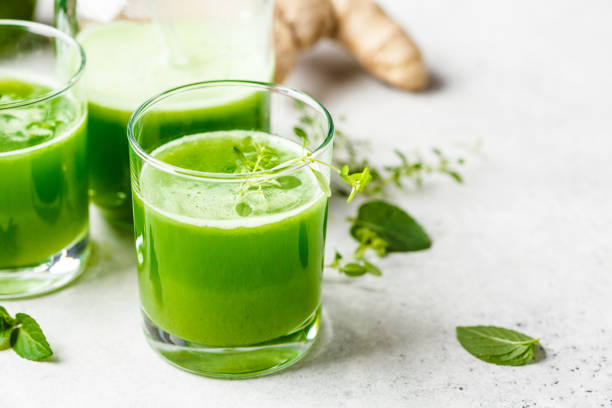Food and beverage companies spend nearly US$14 Billion per year on advertising. Around 80% of this money is paid to promote highly processed foods. Capri Sun Roarin’ Waters and “fruit drinks,” which are fruit-flavored beverages without much juice like SunnyD, fall into this category. These products are marketed to children but contain ingredients that health experts warn against. This includes sugar di, et sweeteners, or both.
In 2018, $21 million was spent advertising sweetened drinks in all media across the U.S. Of that, $18.5 million was spent on TV ads promoting sweetened drinks for children. It was a far greater amount than the $13.6 million companies paid to advertise unsweetened beverages for children, such as 100% juices or juice and water mixtures.
Companies also use direct marketing of sugary drinks to children.
Children aged 2-5 years saw two times as many TV advertisements for sugary drinks for children compared to unsweetened products. Some fruit drinks also targeted their advertising at Spanish-speaking households and Black children. Even the packaging of sweetened beverages is designed to appeal to children. They feature more cartoons and brand characters, as well as wacky names, than drinks without sweeteners.
The advertising could undermine the efforts of parents to serve healthier drinks.
My colleagues and I examined 12 years’ worth of monthly purchase information to measure the impact of this advertising. We found that those living in lower-income households bought significantly more sweetened drinks of fruit and less unsweetened juices compared to people who lived in higher-income households. Hispanic and non-Hispanic Black households purchased more sweetened drinks than non-Hispanic white households. The findings are in line with research showing that people of color and those from lower-income communities consume more sugary beverages than other groups. This contributes to the disparities seen in diet-related diseases.
All children’s beverages increased in price throughout the study, but sweetened “fruit drinks” like SunnyD had the lowest increase. Choi, Andreyeva, Fleming-Milici & Harris, 2021, CC BY-ND
Prices Reduced
Pricing strategies can also affect demographic differences.
When I conducted focus groups, parents of small children said they would like to buy 100% juice. When these parents compare the prices at the supermarket, however, they often end up purchasing sweetened drinks rather than the healthier beverages that they had intended to buy.
Recent research shows that price disparities between products are increasing. In the 12 years that we studied, the prices of all types of children’s drinks rose, but the sweetened fruit drinks only increased by 1 cent for every ounce compared to unsweetened products.
Vitaminwater is designed to appear healthy despite the large amount of sweeteners added. AP Photo/Stephan Savoia, File
Misleading labels
Companies can also use labels that appear to be healthier than they are to promote sweetened beverages.
It happens in two ways. Sweetened drink labels often highlight nutrition-related claims, such as “Vitamin C,” or “Less Sugar.” These drinks also use images of fruit and words without a regulatory definition, such as “water” or “natural.”
It is also easy to understand why the claims and packaging of these drinks mislead parents. I challenge anyone to go down the children’s drinks aisle at the supermarket and separate the healthier drinks.
Subscribe to The Conversation Science newsletter.
What should I do?
It’s not surprising that kids drink more sugary beverages because of the marketing, price, and labeling. Our research showed that the purchase of sweetened flavored water increased 68% between 2006 and 2017. In households with children, the consumption of sweetened fruit juice is three times higher than that of unsweetened juice.
Reduce the amount of sweetened beverages that children consume while they are still young to keep them healthy throughout their lives. Better self-regulation by the industry could reduce this overconsumption. However, the U.S. Food and Drug Administration can also help to curb it by requiring clear and consistent disclosure on the packaging of added sugars and sweeteners as well as percentages of juice. Reduced marketing of sugary beverages to communities of color would also be a positive step.
If you are concerned about the health and well-being of your children, then the goal is to make healthy choices easy. Our research shows that the trend is the opposite.



